Dell PowerEdge R715 review
Dell's latest PowerEdge R715 is being promoted as the perfect all-round rack server for SMBs. In this review we take an in-depth look at its new dual-socket Opteron 6100 system and also pitch it up against its biggest competitor, HP's ProLiant DL385 G7.
Dell's first dual Opteron 6100 server is a good value platform for virtualisation and is clearly capable of handling many other duties including small databases and server consolidation. However, if a high storage capacity is a key requirement then HP's ProLiant DL385 G7 is a far better choice and although Dell has improved its remote management features, they're still not as good as HP's.

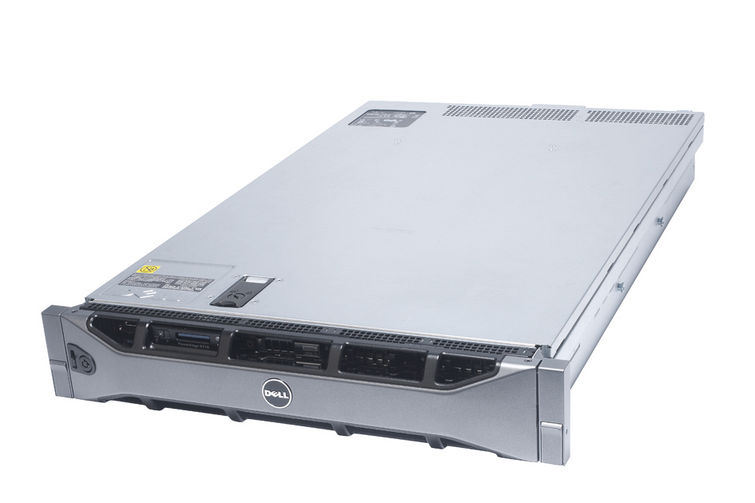
The Dell PowerEdge R715
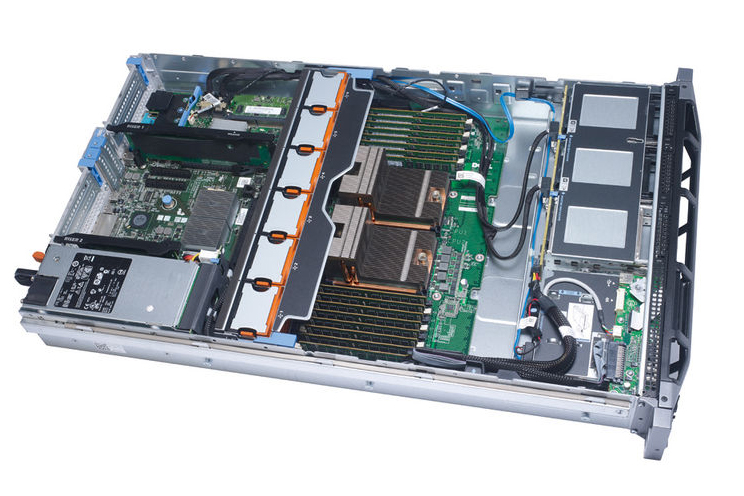
The interior of the Dell PowerEdge R715
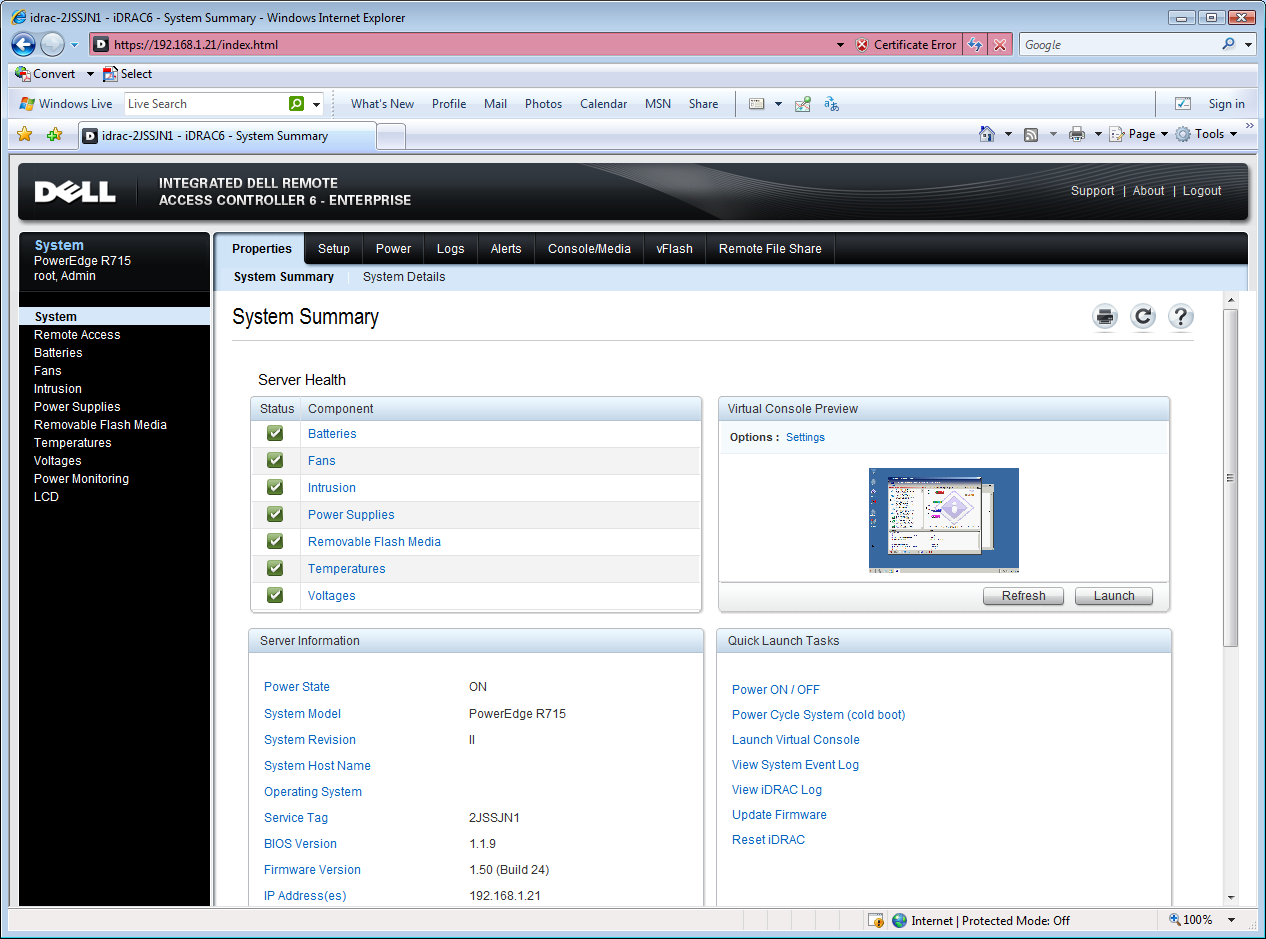
Dell’s latest iDRAC6 remote controller sees a much improved web interface with many more features.
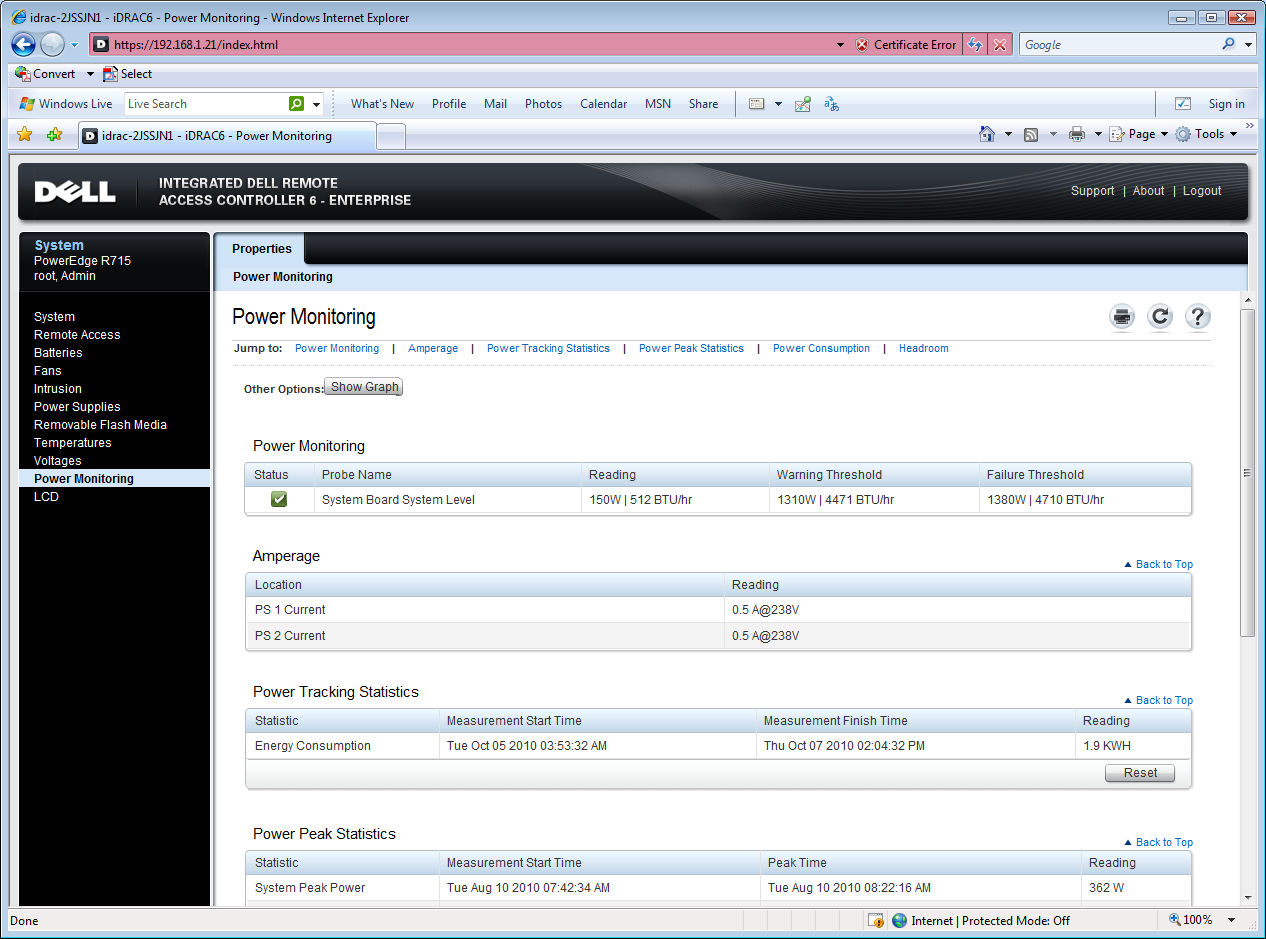
Enhanced remote power monitoring tools now provide a lot more detail about usage.
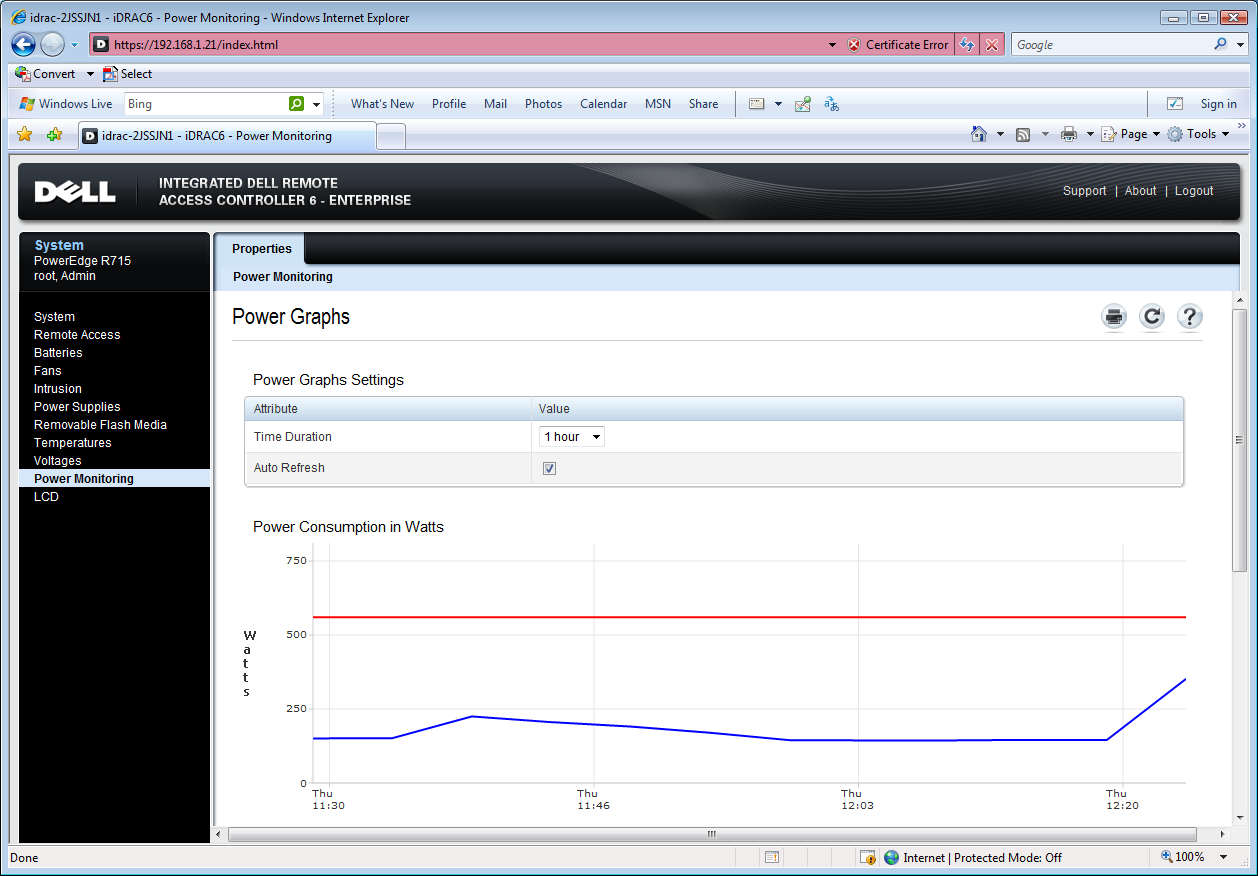
Graphs of power consumption over time are included and power capping in the iDRAC6 is now available.
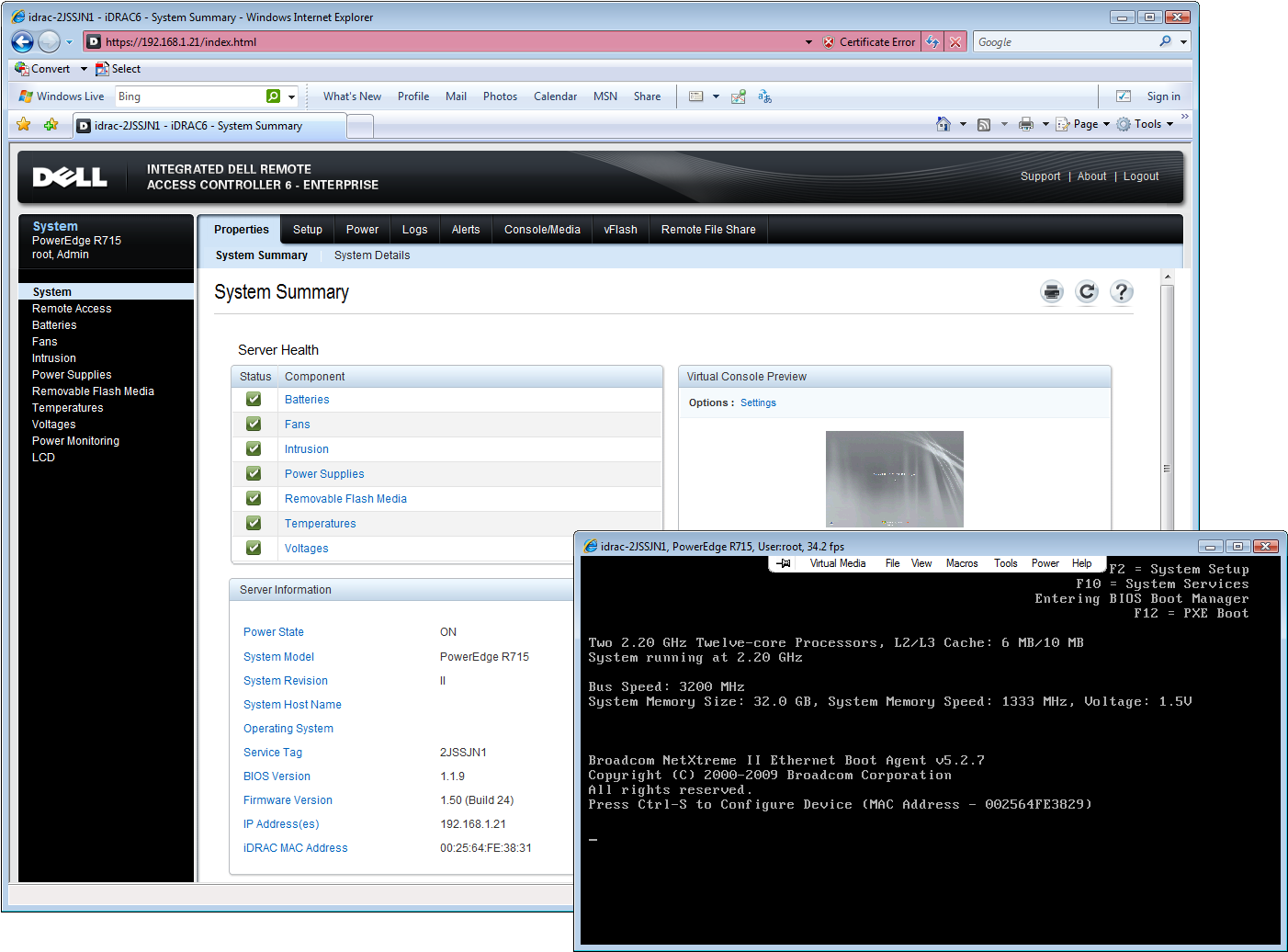
KVM-over-IP remote control is a standard feature of the iDRAC6 Enterprise upgrade.
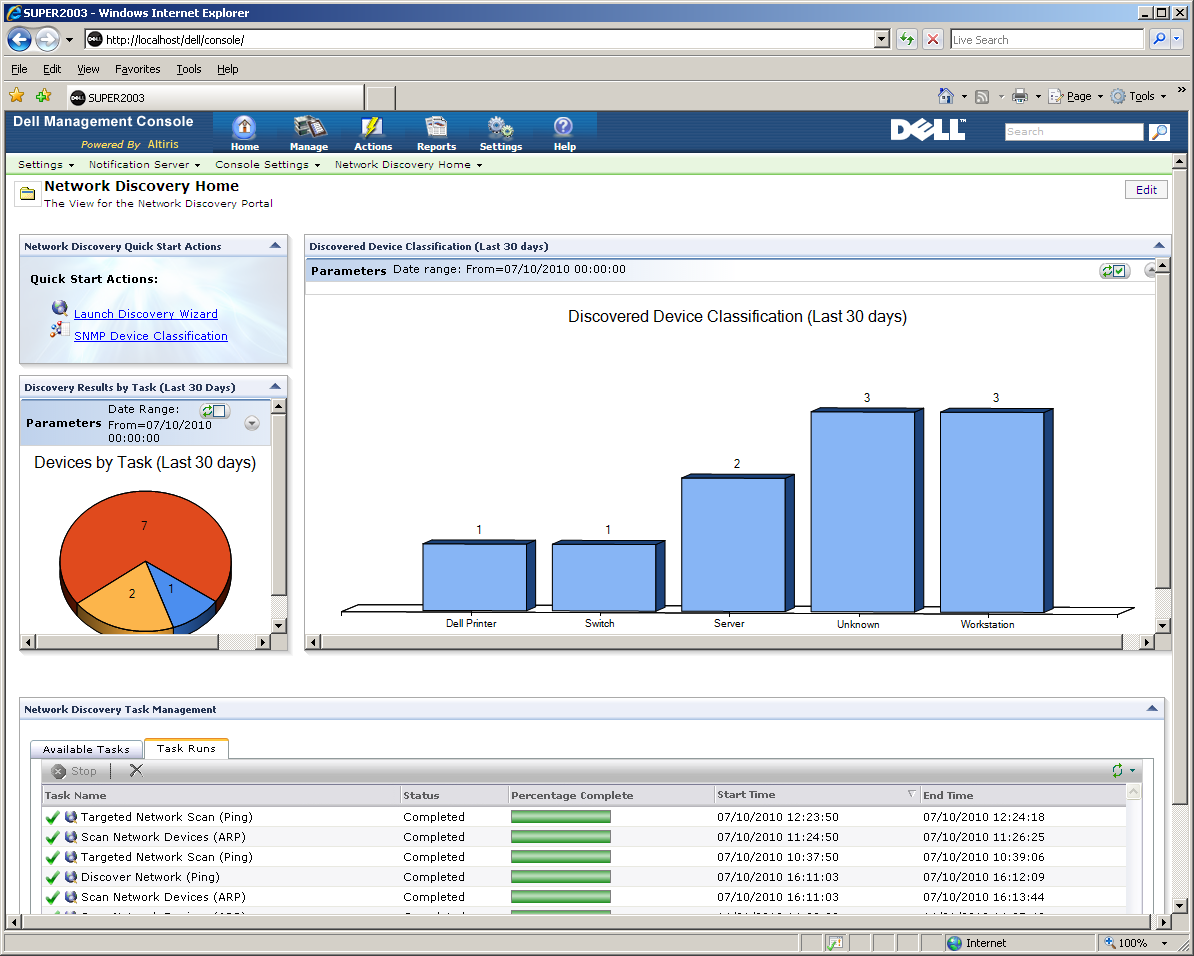
Dell’s Management Console is more complex than HP’s Insight Control but does provides full network systems management.
Since their launch earlier this year, AMD's Opteron 6100 series of processors have garnered a lot of interest from the blue chips with many significantly expanding their server ranges to accommodate them. In this review we take a closer look at Dell's first dual-socket Opteron 6100 rack server, the PowerEdge R715 and also see how well it stands up to HP's latest seventh-generation ProLiant DL385.
One of the main claims by AMD is that the Opteron 6100 removes the artificial price barrier to four-processor (4P) computing. In our review of Dell's quad-socket 2U PowerEdge R815 PowerEdge R815 we agreed as this rack server was far more cost effective that a four-socket Xeon 7500 server.
Move down to two-processor (2P) platforms and the advantages aren't so clear cut as the Opterons face stiff competition from Intel's 5500 and 5600 Xeons. AMD scores higher for physical cores as the R715 comes with a pair of 12-core Opteron 6174 processors. The 6-core 5600 Xeons can match this but only with Intel's hyperthreading producing 24 logical cores.
The R715 shares the same chassis with both the PowerEdge R815 and the Xeon-based R810 where the front panel is split into two sections horizontally. The lower half provides an unimpeded air flow through the chassis. Above you have a hot-swap hard disk bay, optical drive and Dell's nifty little LCD display which provides clear visual warnings of faults.
Dell is promoting the R715 as a general purpose server but for storage duties it doesn't come close to HP's DL385 G7 which we exclusively reviewed in our sister title PC Pro. The front panel design only has room for up to six SFF hard disks whereas the DL385 can accommodate up to sixteen disks.
Get the ITPro daily newsletter
Sign up today and you will receive a free copy of our Future Focus 2025 report - the leading guidance on AI, cybersecurity and other IT challenges as per 700+ senior executives
Dave is an IT consultant and freelance journalist specialising in hands-on reviews of computer networking products covering all market sectors from small businesses to enterprises. Founder of Binary Testing Ltd – the UK’s premier independent network testing laboratory - Dave has over 45 years of experience in the IT industry.
Dave has produced many thousands of in-depth business networking product reviews from his lab which have been reproduced globally. Writing for ITPro and its sister title, PC Pro, he covers all areas of business IT infrastructure, including servers, storage, network security, data protection, cloud, infrastructure and services.
-
 CyberOne appoints Microsoft’s Tracey Pretorius to its advisory board
CyberOne appoints Microsoft’s Tracey Pretorius to its advisory boardNews The threat intelligence leader will provide strategic guidance to CyberOne’s executive team
By Daniel Todd Published
-
 CISA issues warning in wake of Oracle cloud credentials leak
CISA issues warning in wake of Oracle cloud credentials leakNews The security agency has published guidance for enterprises at risk
By Ross Kelly Published
-
 Reports: White House mulling DeepSeek ban amid investigation
Reports: White House mulling DeepSeek ban amid investigationNews Nvidia is caught up in US-China AI battle, but Huang still visits DeepSeek in Beijing
By Nicole Kobie Published